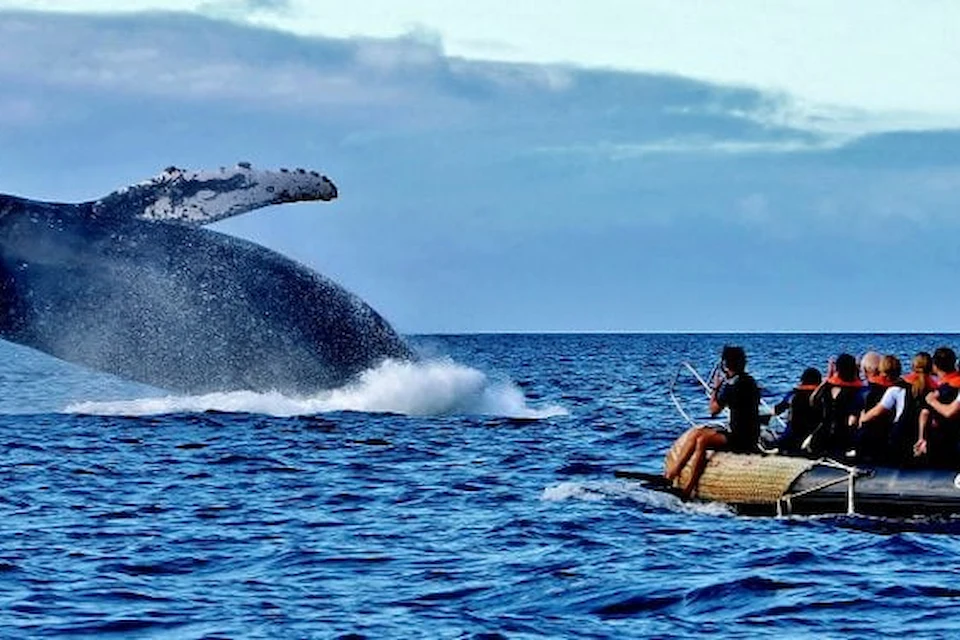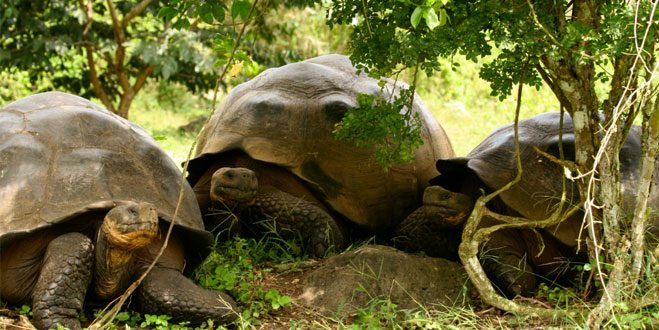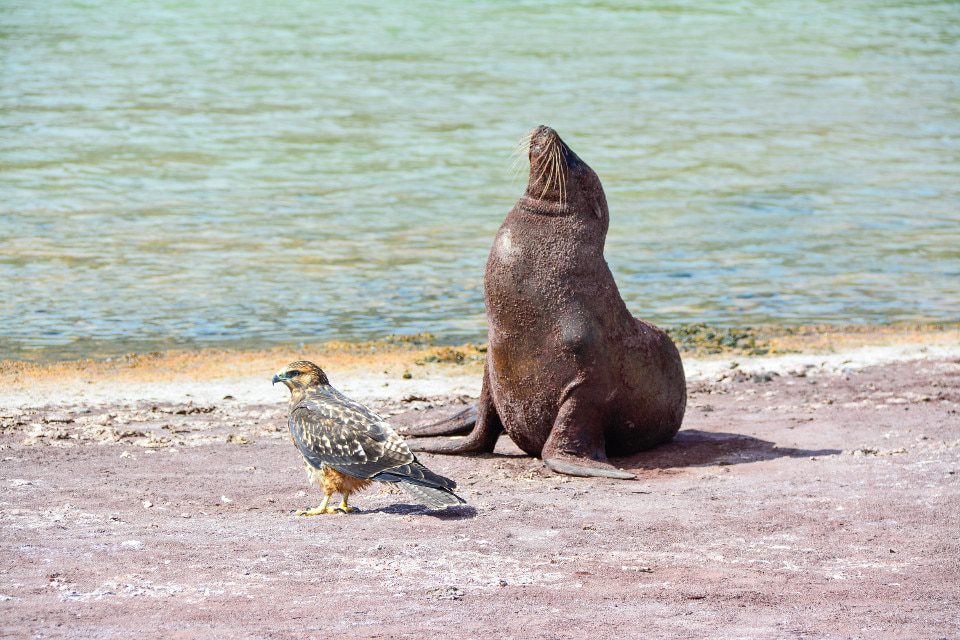Santa Cruz II Galapagos Expedition
When visitors step onto Genovesa Island for the first time, one can’t help but notice how unique these islands are. Few places in the world carry such distinct wildlife, but the most special thing about the islands is having the opportunity to experience it all up close – something that can only be done on a Galapagos cruise!
Upon arrival, we head straight up to Darwin Bay, home to hundreds of red-footed boobies that inhabit the red mangroves of the island. It seems like every branch is occupied by a nesting couple, and the noise the birds make can sometimes feel overwhelming. That’s how alive these islands are!
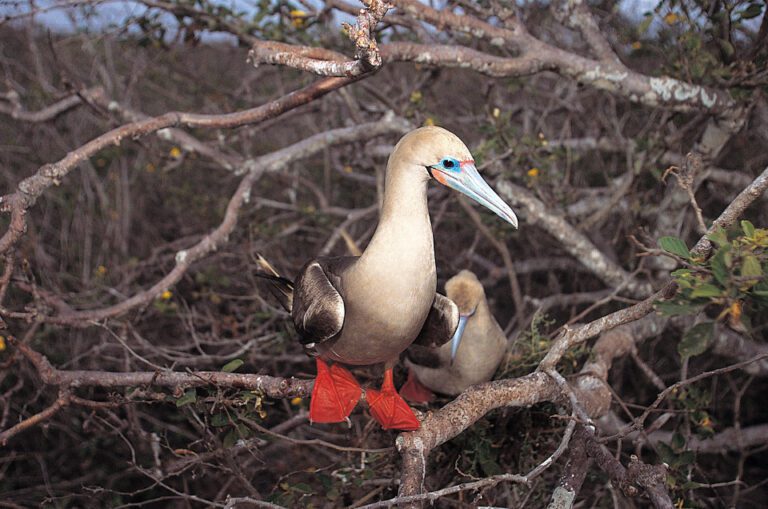
All of a sudden, we look at the sky and see two birds approaching. You only have to catch a glimpse of boobies and frigates flying in the sky to understand how the two species get along. Even though the two birds coexist, the pirate-like behavior of the frigates sometimes intimidates the boobies. These sort of unique and marvelous interactions can only be seen in the Galapagos.
TALK TO A DESTINATION EXPERT
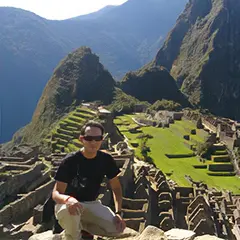
Diego Zapata

Rosa Mena
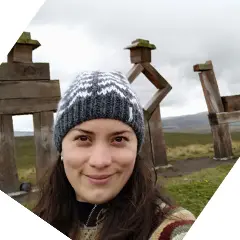
Sandy Lara

Diego Zapata

Rosa Mena

Sandy Lara
As we started a new year, we made a special visit to the diverse island of Santa Cruz. Here, during our Galapagos expedition to the highlands, we were welcomed by the first rain of 2017. During the hot season, rainfall is very common and they nourish the earth which later feeds some important land animals like the Galapagos giant tortoises. Vegetation flourishes during this time as well, providing ample food for land reptiles and birds, all of which depend on the new growth of vegetation that is triggered by the equatorial rains.
During our visit to Santa Cruz’s misty highlands we found an incredible number of tortoises: They had come out to soak under the first drops of rain. There were Galapagos Giant tortoises everywhere, drinking from puddles, lounging in the wet grass, and bathing in the muddy pools that tend to form throughout their habitat during this period. It was great to see these colossal reptiles enjoying themselves!
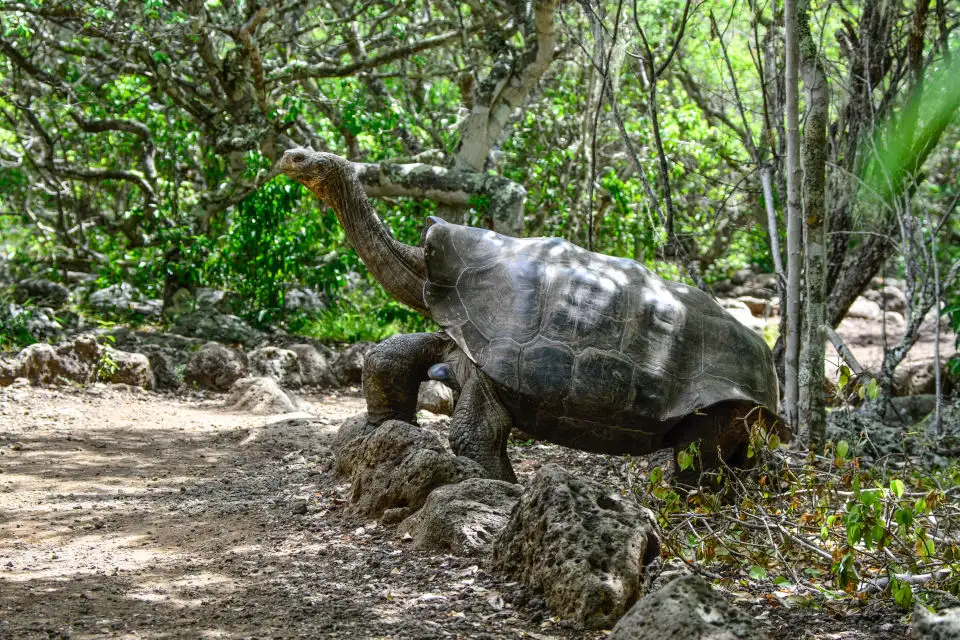
Some Facts about the Galapagos Giant Tortoises
Did you know that the Galapagos giant tortoise is the largest living tortoise species? They are the islands’ biggest herbivore and their role as top grazer is vital to their habitat. Their shells, even though they may look very similar form the outside, vary from island to island. Due to their really slow growth, they can live well beyond 100 years. Sadly, when the first explorers of the islands discovered the archipelago, their number was greatly reduced because of overhunting. Nowadays, efforts are being made by the Charles Darwin Research station and other public and private organizations to help the species recover. The two biggest breeding centers are located in Puerto Ayora and Cerro Colorado, in San Cristobal, where visitors are welcome all year long.
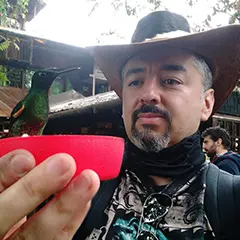
Javier Garcia
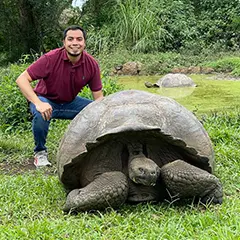
Eduardo Silva
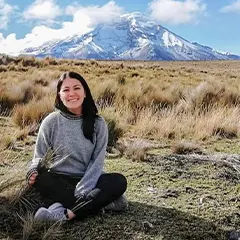
Carolina Escobar
START PLANNING YOUR TRIP

Javier Garcia

Eduardo Silva

Carolina Escobar
Get in touch for more
CONTACT US
